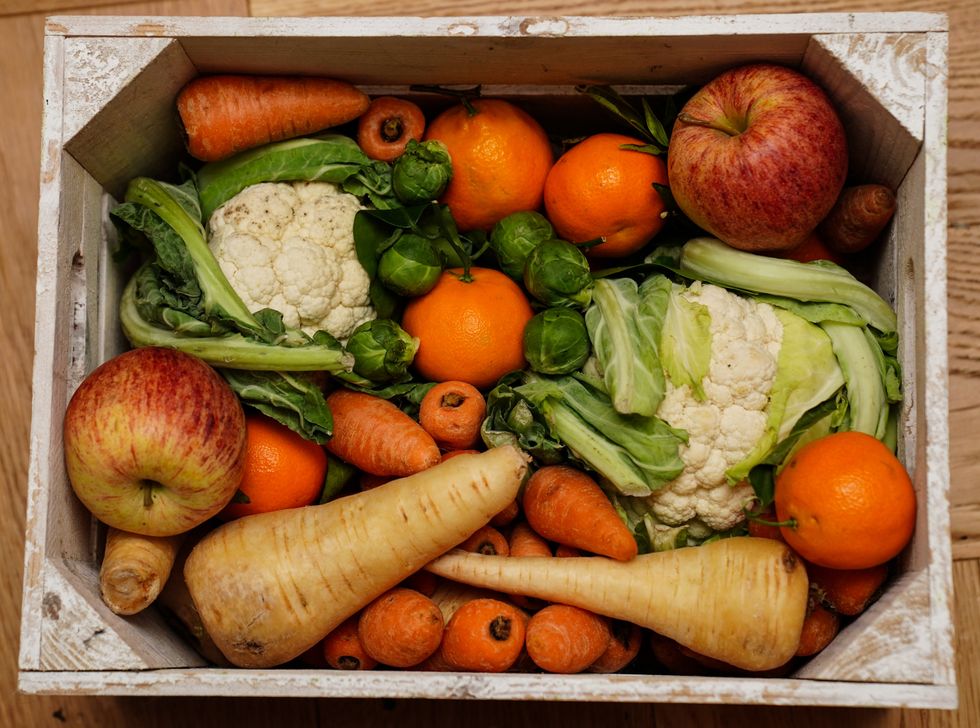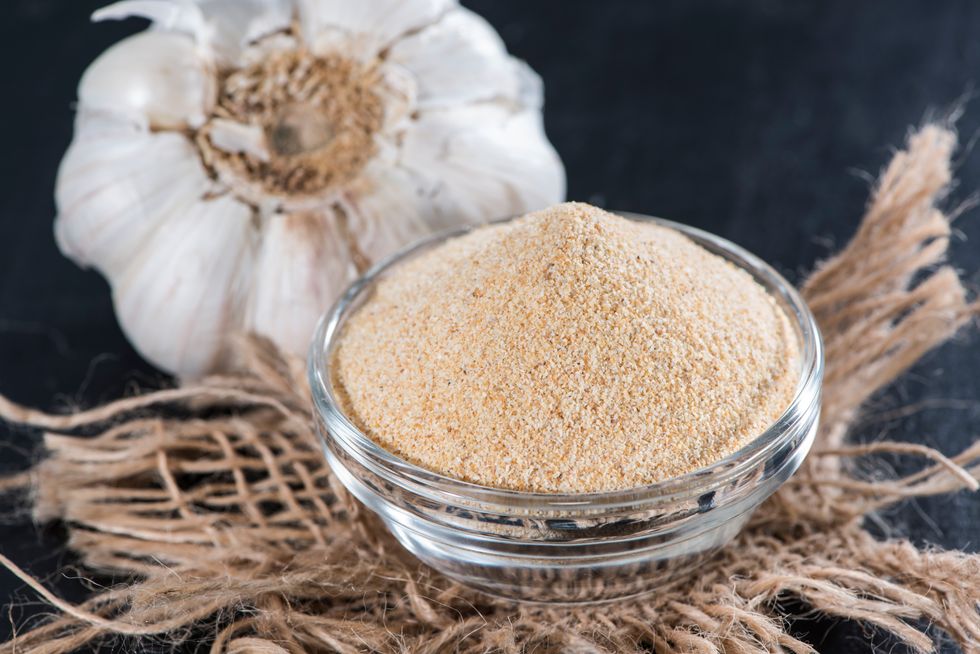Fibre-rich dietary additions will help keep weight off
GETTY
Health bodies have identified several sources of fibre that are superior for tackling belly fat
Don't Miss
Most Read
Trending on GB News
Belly fat is an area many people target when embarking on a weight loss journey, but for some it can prove the most stubborn to burn.
Fibre-rich foods are no miracle solution to weight loss, but they can help keep the weight off, with MedicineNet listing psyllium husk, oats and legumes as top sources.
The health body explains that leafy greens, green tea and bright vegetables can also help lessen swelling and turn off fat-storage genes.
“Bright, colourful vegetables also add colour and crunch to the meal place," the health body claims.

Vegetables are an excellent source of fibre
PA IMAGES“Drinking green tea has also been shown to reduce visceral fat. Green tea is low in calories and contains epigallocatechin gallate (EGCG), which studies indicate that it effectively reduces belly fat.”
It continues: “Adding fibre-rich foods to meals is also key to keeping off belly fat.”
According to MedicineNet, 'good sources' include legumes, oats, psyllium husk and chia seeds, as well as vegetables and fruits.
Healthline confirms that eating foods rich in soluble fibre can help the body lose belly fat, explaining that fibre keeps the gut bacteria healthy and promotes overall fat loss by reducing appetite.
Another widely overlooked dietary component that has proven useful for weight loss is the lactobacillus bacteria.
Five foods that contain generous amounts of this microorganism are yoghurt, sauerkraut, kefir, sourdough bread, and kimchi.
Studies have confirmed that these foods help obese patients by supporting metabolic functions.
Healthline reports on one study following a sample of 210 which found respondents shed a significant amount of belly fat after consuming the bacteria for 12 weeks.
Researchers spotted reductions in body weight, fat around organs, body mass index (BMI), waist size and hip circumference.
"What's more, belly fat was reduced by 8.5 per cent," noted Healthline.
LATEST DEVELOPMENTS

Fibre-rich dietary additions will help keep weight off
GETTY
Belly fat during menopause
While a decrease in physical activity is responsible for an increase in belly fat in most individuals, other factors may be at play.
In menopausal women, the reasons may differ slightly, with hormonal changes, stress changes and dysfunctional sleep patterns common causes.
Although a healthy diet can do wonders for maintaining a slender waistline, it can never totally replace the effects of regular exercise.








